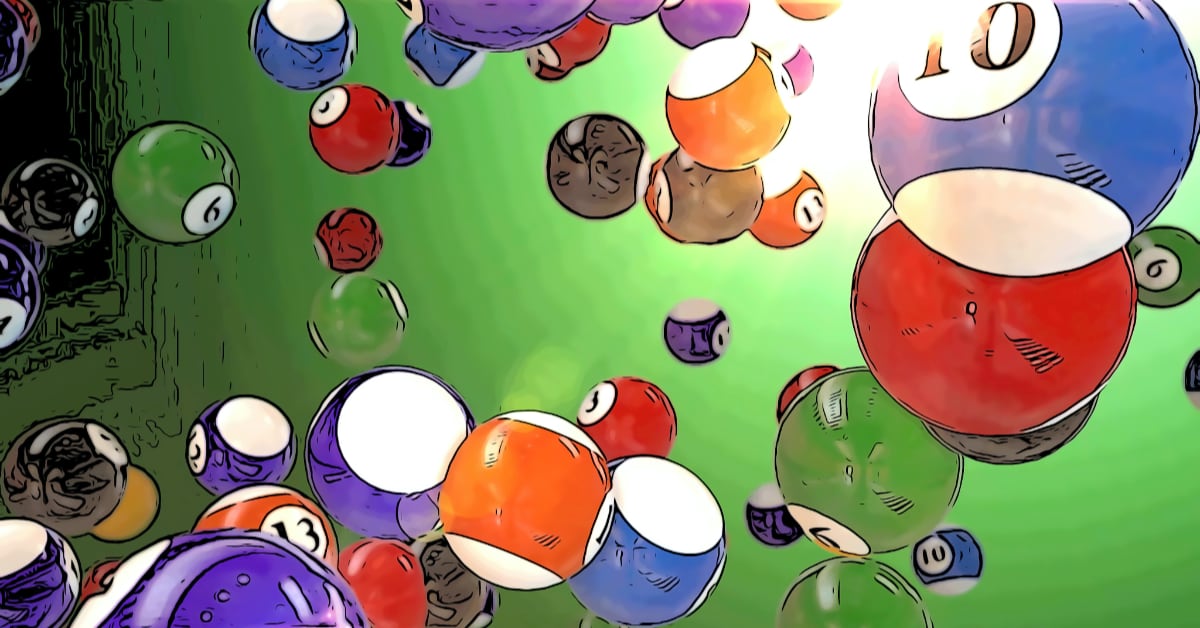a pattern is meaning, more than symbols
What my neighbour, the inventor, has in her basement looks like a pool table, but surprise: it’s alive. Instead of pockets, it has plungers that react to sound. And the table bed is soft, so balls leave tracks that affect other spheres that cross. Patterns build.
That is not quite what it looks like or how it works, but that’s the sense I make of it. For one thing, there are a lot of plungers and compressed rubber balls. The inventor can read the patterns as, in time, could I and so we talk with the table. I know what you’re thinking, but after a while you don’t even see ricocheting. You read patterns. You read the hive.
Through shifting pictographs, the table is capable of humour and has its own way of shouting, pouting, fibbing. It can correct itself, has a preference for cello music, and references sight and smell like someone in Searle’s box. It detects my footsteps. What’s said depends partly on the prior state of the table. Cheery hello here; grumbled recognition there.
I helped the inventor build another. They didn’t evolve the same personalities or same sense of self, but did learn from each other—until the power outage. After a while, silent, most of the grooves smoothed out to blank slates. Switched on at the same time, we should have foreseen. They act with one mind, and with more than the sum of their patterns.
( This story traces to my EpiFables collection, late 1980s. )



